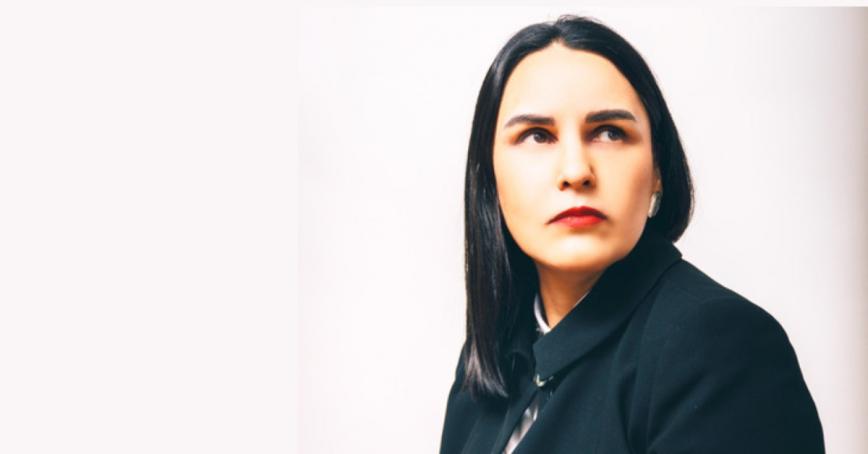Boosting the Indigenous economy to $100B

One hundred billion dollars is a big figure representing big ambitions — and Carol Anne Hilton thinks it may not be big enough.
That number is the goal for the Indigenous economy within Canada, says Hilton, the founder and CEO of the Victoria, B.C.-based Indigenomics Institute, which, according to its mission statement, “works with Indigenous nations and organizations, governments and private industry to strengthen Indigenous economic capacity… through research, education [and] management consulting services.”
But even that goal doesn’t tell the whole story.
Her book, Indigenomics: Taking a Seat at the Economic Table, which was published March 16, lays out among other things what Hilton calls “the tenets of the emerging Indigenous economy, built around relationships, multigenerational stewardship of resources, and care for all.”
As Hilton explains it, it’s not that, within the Indigenous economy and individual First Nations business enterprises, there isn’t a bottom-line mentality; rather, there’s a different bottom line.
“In an Indigenous nation, the structure of an economic development corporation from the community perspective is where the community itself is the shareholders, that there’s a great responsibility. It’s not one person or singularly looking at revenue the same way we would understand it in a corporate shareholder model,” says Hilton, who is an adjunct professor in Royal Roads University’s School of Business.
Revenue turned to reinvestment
“So that communal aspect is defined in a much more cultural way,” she says, “and revenue is seen as not for the sake of growth but for the sake of reinvesting into community life or taking care of resources, or territories, or supporting language or education. It’s all socially focused or culturally focused or ecologically focused.”
And just as there’s a different mentality to Indigenous business, there’s a different set of challenges for the growing Indigenous economy.
Hilton, who is Nuu-chah-nulth and a member of the Hesquiaht First Nation near Tofino on Vancouver Island, has spent more than 20 years in Indigenous business and economic development. She says her work is built around the impacts of long-term economic exclusion of Indigenous peoples and perspectives from the larger Canadian economy, and around building the foundation for the growing strength and profile of First Nations enterprises.
“It’s building up this idea that economic reconciliation must happen within the balance sheet of this country,” she says. “Indigenous peoples can’t be seen as a cost to the system; we need to be able see the cost of actual economic regression and the lack of opportunity and resources that is structurally built into this country.”
Further, referring to an “army of Indigenous entrepreneurs,” Hilton says, “My work in Indigenomics as a hashtag has been about bringing that visibility to economic activity by Indigenous nations… and shaping the narrative in a way that supports investability” and the design of functioning, engaged economies of First Nations people, including internationally.
Asked for examples, she cites the success of Cheekbone Beauty, an Indigenous-owned cosmetics company in Ontario. And she points to the Squamish Nation’s planned massive Sen̓áḵw development that will transform a chunk of Vancouver along Burrard Inlet.
Big number, bigger plans
Which brings up that big number: $100 billion.
The goal of Hilton and her institute is Indigenous economic generation hitting that figure in the next 10 years. And she’s optimistic — despite disparities of resources and abilities between different First Nations — considering the last measure five years ago pegged the total at $32 billion.
“I believe we’re closer than we think we are and that’s the work that I’m doing right now at the institute… We need to start building pathways, shaping meaning, shaping money and shaping the metrics of Indigenous economic growth and strength.”